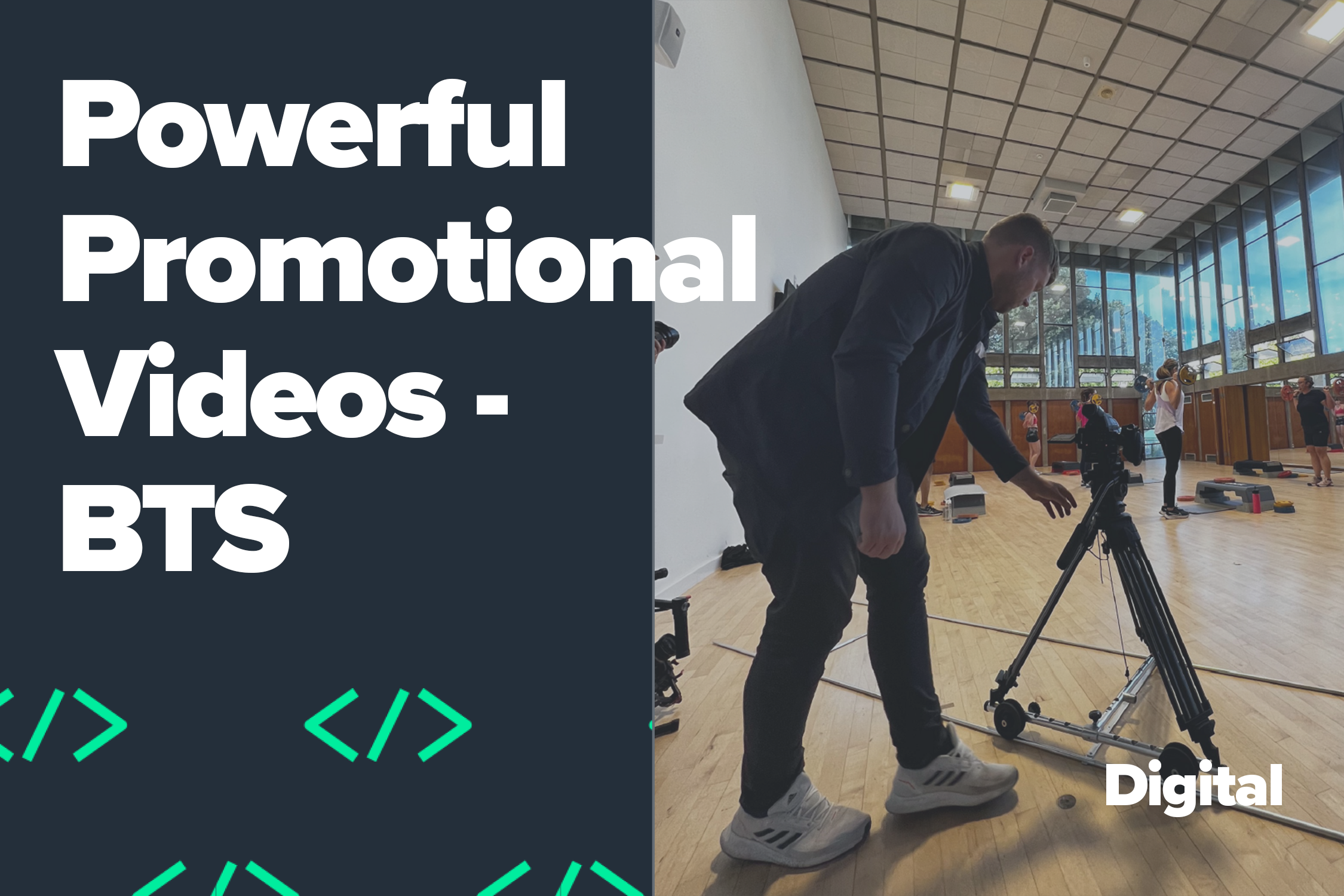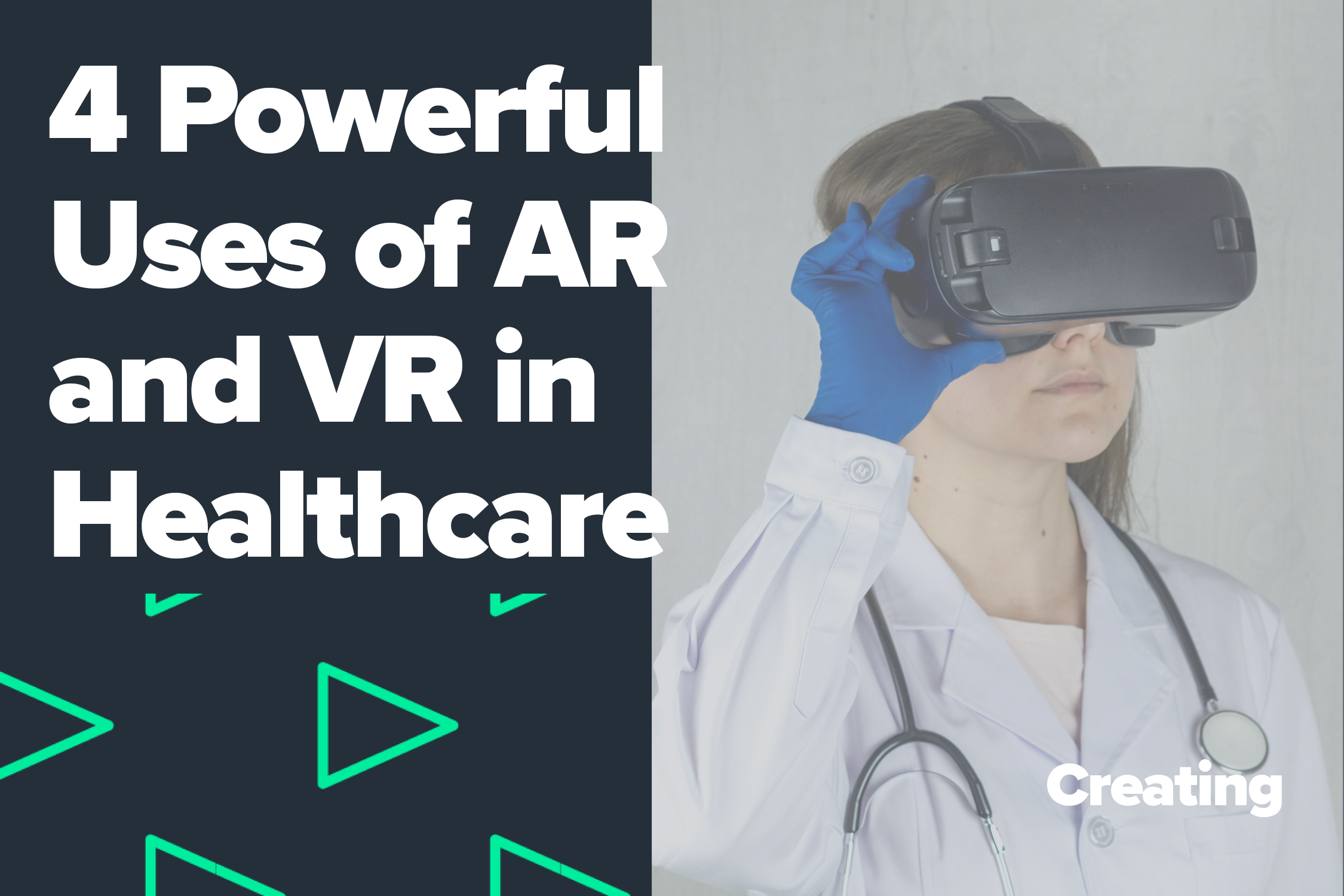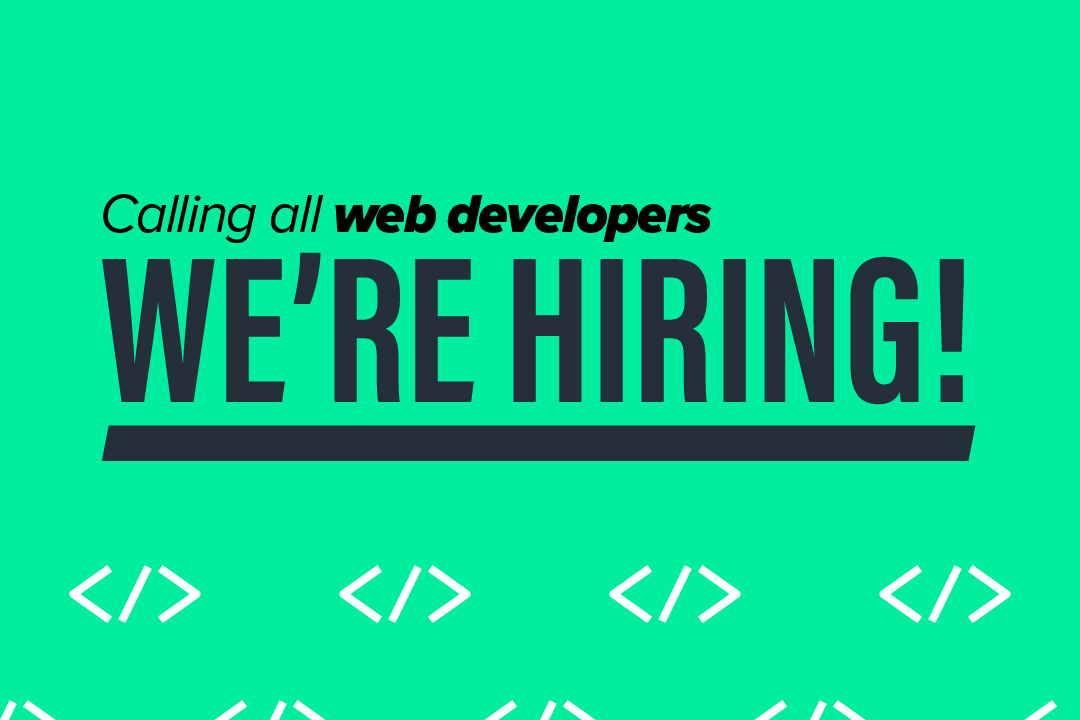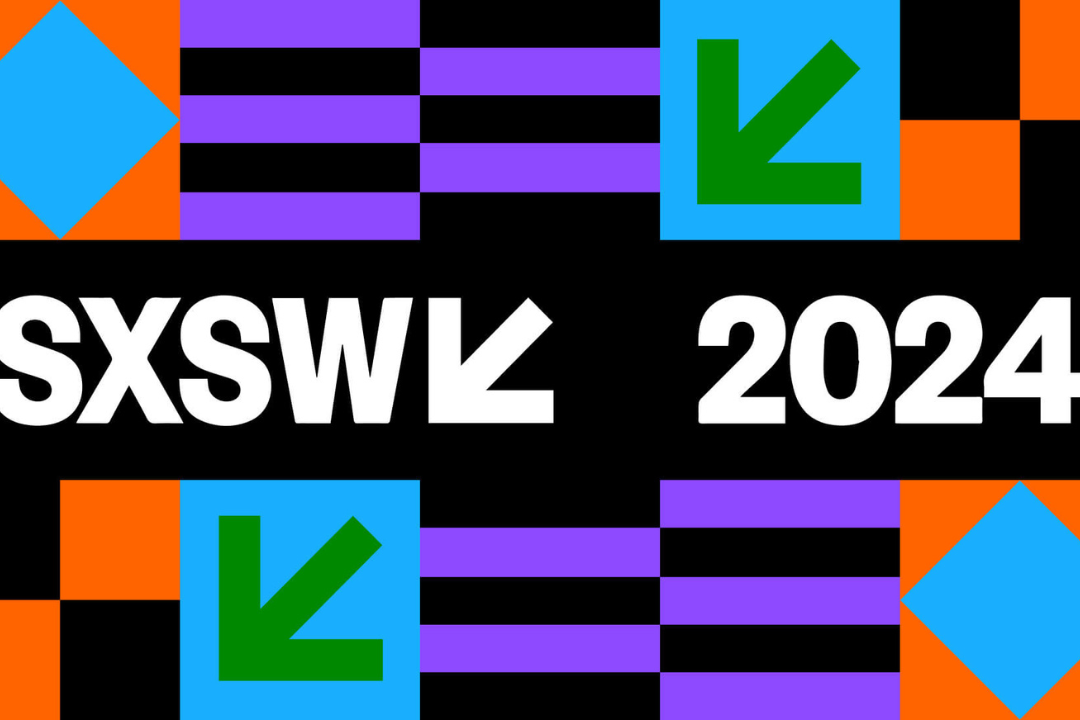Augmented reality is a technology that has been in development for over 50 years, and it is finally ready to disrupt industries across the globe. In particualr, there is a growing trend of using augmented reality in the healthcare industry. In fact, by 2025, the projected revenue for both AR and VR in healthcare is set to be $5.1 billion. So, what impact will the use of augmented reality in the healthcare industry actually have?
- Increasingly Engaging Content.
One common problem for healthcare and life science companies is the inability to explain complex medical solutions to patients and consumers. By combining personal data with augmented reality, large pharmaceutical and life science companies can deliver targeted messages to individuals informing them how a specific medical solution is impacting their body.
As most brand managers of pharmaceutical companies will be aware, building trust amongst your audience is often a common problem. By providing this unique insight, brand managers can give the customers the answers they desire, thus increasing consumer confidence in the brand. The following video is an example of an augmented reality solution . Click play to see which organs show up when a tablet is held over the t-shirt.
Not only that, augmented reality allows organisations to tell a particular story and visualise the solution more innovatively. Brand managers are also continually looking for ways to make their advertising more memorable and achieve higher recall, and captivating emotions in an innovative manner is an obvious way of doing that.
2. Improved Medical Training.
Most medical procedures are extremely complicated, some more than others. Applying theory that appears in a textbook to real-world processes can be incredibly daunting for medical students. However, certain augmented reality apps allow you to display anatomical details and information on a 3D printed human skeleton. This in-depth detail would help to improve the level of understanding that young medical professionals and students can attain about specific medical ailments and procedures.

With the development of augmented reality, some of the most highly respected consultants across the world can share their expertise with their own eyes using Google Glass. An example of this is Medical Realities, a platform that positions medical students right next to the surgical team as they operate. The 360 video lets you look around to see how everyone interacts and get a sense of the dynamics of working in the operating theatre.
3. A brand new USP for healthcare brands.
As a marketer or a brand manager of a healthcare and pharmaceutical company, you may be wondering how to give your brand a cutting edge. Using innovative technology such as augmented reality can give you that opportunity you so desperately desire, by highlighting key medical differences between your product and your competitor’s.
It is always easier to present and understand these differences visually, and with augmented reality you can take that a step further by allowing room for interaction between the user and the solution. This can immediately seperate your healthcare brand from the competition. If your company is spending hundreds of millions of pounds on research and development, getting the communication right is vitally important.
Overall, getting key messages across to your consumers and giving the correct training to your medical staff is crucial. Gaining a greater understanding of how augmented reality can help you do that will provide you with a new avenue to explore for your brand or organisation.
If you have any further questions about augmented reality in the healthcare industry or would like to find out more about how the service could work for your organisation, please feel free to drop us an email at hello@eon-media.com





